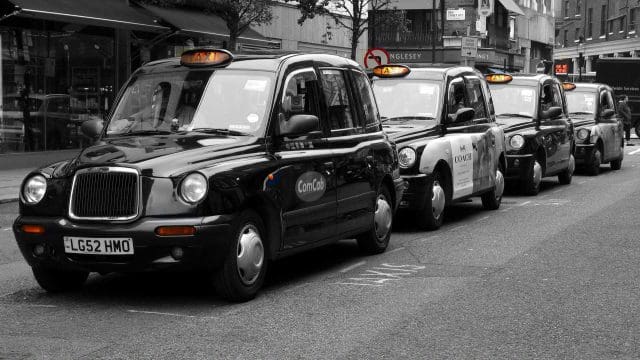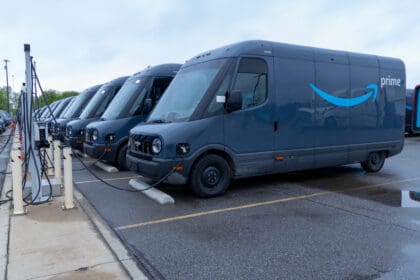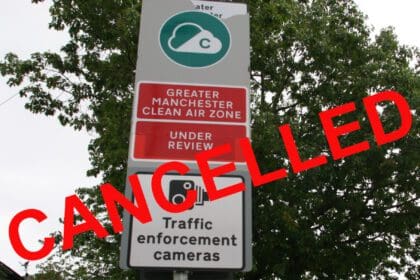Clean air zones are being rolled out in towns, cities and regions in a bid to cut pollution.
But the drive to keep more-polluting vehicles off the roads could hit taxi drivers in the pocket.
Drivers are being faced with the choice of passing on to customers the daily charge for each Clean Air Zone (CAZ) they enter, or switching to cleaner, greener vehicles which are exempt from CAZ charges.
Whether a driver has private hire insurance or public hire insurance, they all come under the classes of vehicles in a CAZ.
It’s also worth being aware that local authorities may set their own standards for taxis and private-hire vehicles so you should always check with the relevant authority if you will need to pay a charge.
The only vehicles to be exempt from being charged are those that meet the minimum Euro 6 (diesel) and Euro 4 (petrol) standard.
This means that drivers face the choice of either paying the charge each time they enter a CAZ, or investing in a new vehicle that not only meets the emissions criteria, but that suits the needs of their business. The decision depends on each driver and their own circumstances.
While an electric vehicle might be ideal for busy town and city centre streets, it may not be practical for taxi drivers who could be called on to do longer journeys, or do regular airport runs in which they could be travelling tens or hundreds of miles at a time, including return journeys.
Those who operate black cabs and public hire vehicles tend to work predominantly in built-up areas, such as town and city centres, where the charging zones are likely to be brought in. A driver operating here might decide that they can keep their current vehicle and absorb the price of the daily charge by increasing all fares slightly.
But a taxi driver’s next fare could take them almost anywhere, and they could end up taking passenger to or driving through a second or third CAZ, which would dramatically add to the price. There are too many variables to devise fares for every conceivable scenario so the driver must decide whether their policy is that any pollution charges are added to the cost of the fare – in some cases, this could add between £10 and £30 – and decide how passengers are likely to react.
It is workable, but drivers need to be aware of where they are travelling and if they are entering a CAZ so that they can charge accordingly. It is too late to wait for a notification hours or days later.
Even if the town or city where a driver is based does not have a CAZ in place, all drivers should be familiar with them and where they are.
Bath, Birmingham and Portsmouth currently operate CAZs. Plans for a clean air zone in Greater Manchester have been put back from May 30 until July to reassess the impact of the proposed measures.
Bradford will start charging this year, and other cities are expected to follow.
For those looking to upgrade to a less-polluting vehicle, the Office for Zero Emission Vehicles Office for Zero Emission Vehicles – GOV.UK (www.gov.uk) offers a range of grants towards the cost of cleaner vehicles and the Go Ultra Low Campaign Home – GUL (goultralow.com) has information about electric vehicles, including grants you can apply for.
The Clean Air Fund Clean Air Fund also provides support to individuals and businesses, including local travel discounts, cycling-to-work schemes or vehicle upgrades which can all be accessed through the local authority.




